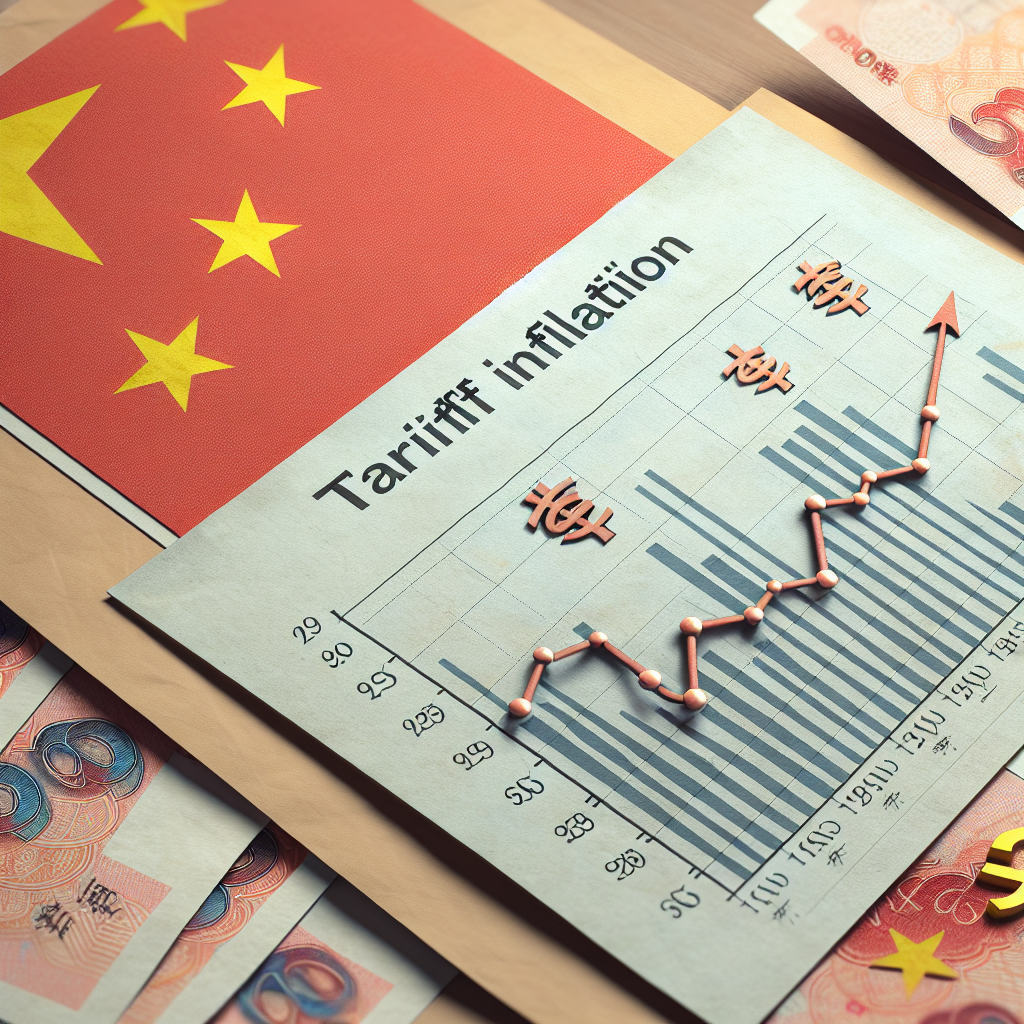Understanding Tariff Inflation in China: A Comprehensive Guide
Introduction to Tariff Inflation
Tariff inflation, specifically within the Chinese economy, refers to the price increases driven by imposed tariffs on imported goods. These financial levies can have significant ripple effects on domestic markets, leading consumers and businesses alike to bear the brunt of inflated costs. Understanding the implications of such tariffs is crucial for investors, policymakers, and consumers contemplating their roles in the ever-evolving economic landscape.
The complexity of China’s tariff inflation is amplified by its economic structure and dependency on international trade. As one of the world’s largest economies, China plays a vital role in global supply chains. Consequently, any changes in trade policies or tariffs can reverberate across borders, impacting various sectors. This comprehensive guide delves into these nuances, offering actionable insights and a solid understanding of tariff inflation in the Chinese market.
Key Insights into Current Trends
Recent Developments in Tariff Policies
China’s tariff policies have seen fluctuations, particularly influenced by geopolitical tensions and trade negotiations with other nations, notably the United States. Recent increases in tariffs on specific imports have caused significant concerns among businesses reliant on these goods, resulting in higher costs that are often passed down to consumers. For instance, technology and automotive sectors are experiencing notable increases in prices due to tariffs imposed on essential components.
To stay updated with the latest developments, it’s recommended to monitor resources such as the Ministry of Commerce of the People’s Republic of China and reliable financial news outlets. These sources provide timely information that can help businesses and consumers formulate strategies to mitigate the impacts of such tariffs.
Impact on Businesses and Consumers
The implications of tariff inflation extend beyond increased prices; they also affect supply chain logistics, market competitiveness, and consumer spending behavior. Businesses in China are becoming increasingly resourceful, seeking alternative suppliers or adjusting their pricing strategies to weather the storm of rising costs.
Consumers, on the other hand, are compelled to rethink their purchasing decisions. As everyday goods become pricier, the average consumer may opt for lower-cost alternatives or delay significant purchases, which could potentially affect overall market demand. Understanding these consumer behaviors is critical for businesses aiming to adapt in a rapidly changing landscape.
Recommendations for Stakeholders
Strategies for Businesses
Businesses facing tariff inflation must develop adaptable strategies to maintain competitiveness. Here are some actionable recommendations:
- Diversification of Supply Chains: By sourcing materials from a range of countries, businesses can reduce their reliance on imports subject to high tariffs. This not only mitigates risk but can also lead to better pricing structures.
- Technology Investment: Investing in technology to streamline operations and reduce costs can help maintain profitability despite tariff-induced inflation.
Guidance for Consumers
For consumers navigating tariff inflation, proactive measures can lead to better financial outcomes:
- Research and Compare Prices: Take the time to compare options before making significant purchases to ensure you’re getting the best deal amidst changing prices.
- Plan Purchases Strategically: If possible, timing purchases around seasonal sales or anticipating price increases can lead to savings.
Conclusion
Tariff inflation in China poses both challenges and opportunities for various stakeholders. By understanding the nuances of tariffs and their broader impacts, businesses can strategically adapt, while consumers can make informed decisions that safeguard their financial interests. Continuous monitoring of policy changes and economic forecasts will be essential in navigating this complex landscape.
For further insights and updates, stay connected with our platform for ongoing analysis on emerging economic trends in China and beyond.
*This content piece is part of a broader analysis series on global economic trends influencing financial decisions. For more articles, visit our Financial Insights page.
